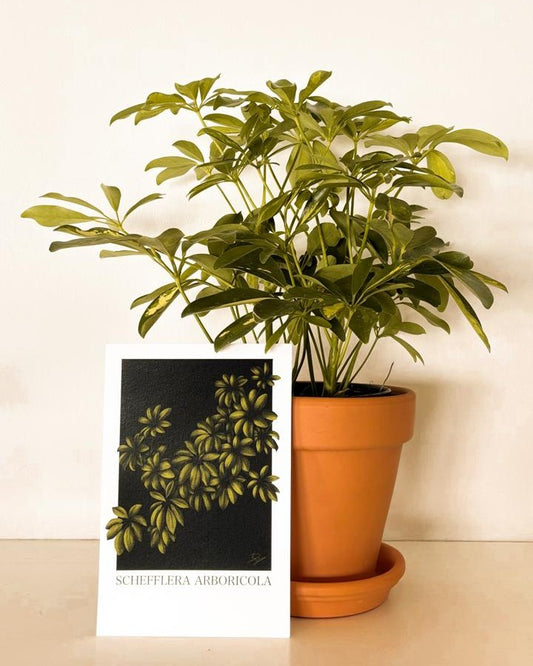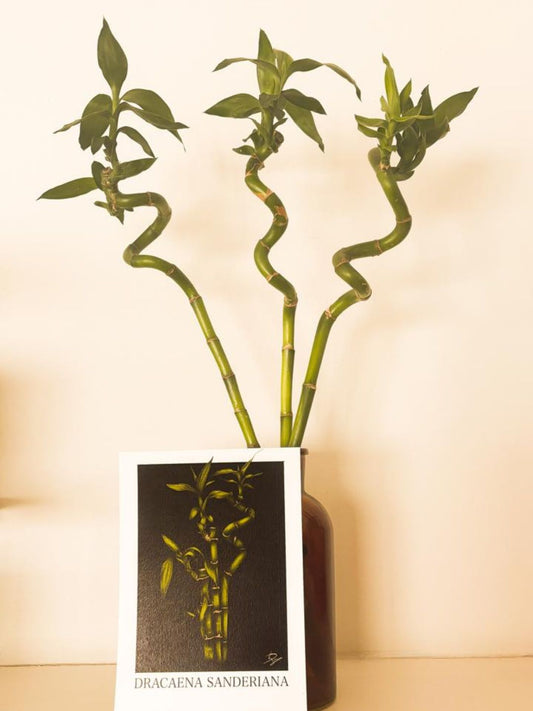As the southern hemisphere swiftly approaches the winter season, plant parents are gearing up to face the challenges that come with the colder months. Winter can be a daunting time for many, but for those of us with a green thumb, it can be particularly concerning. Unlike us, our beloved plant babies cannot bundle up in cozy blankets or sip on a warm mug of cocoa to stay warm. However, with a few smart strategies, we can ensure that our plants not only survive but thrive during the winter months.
Step Away From The Watering Can
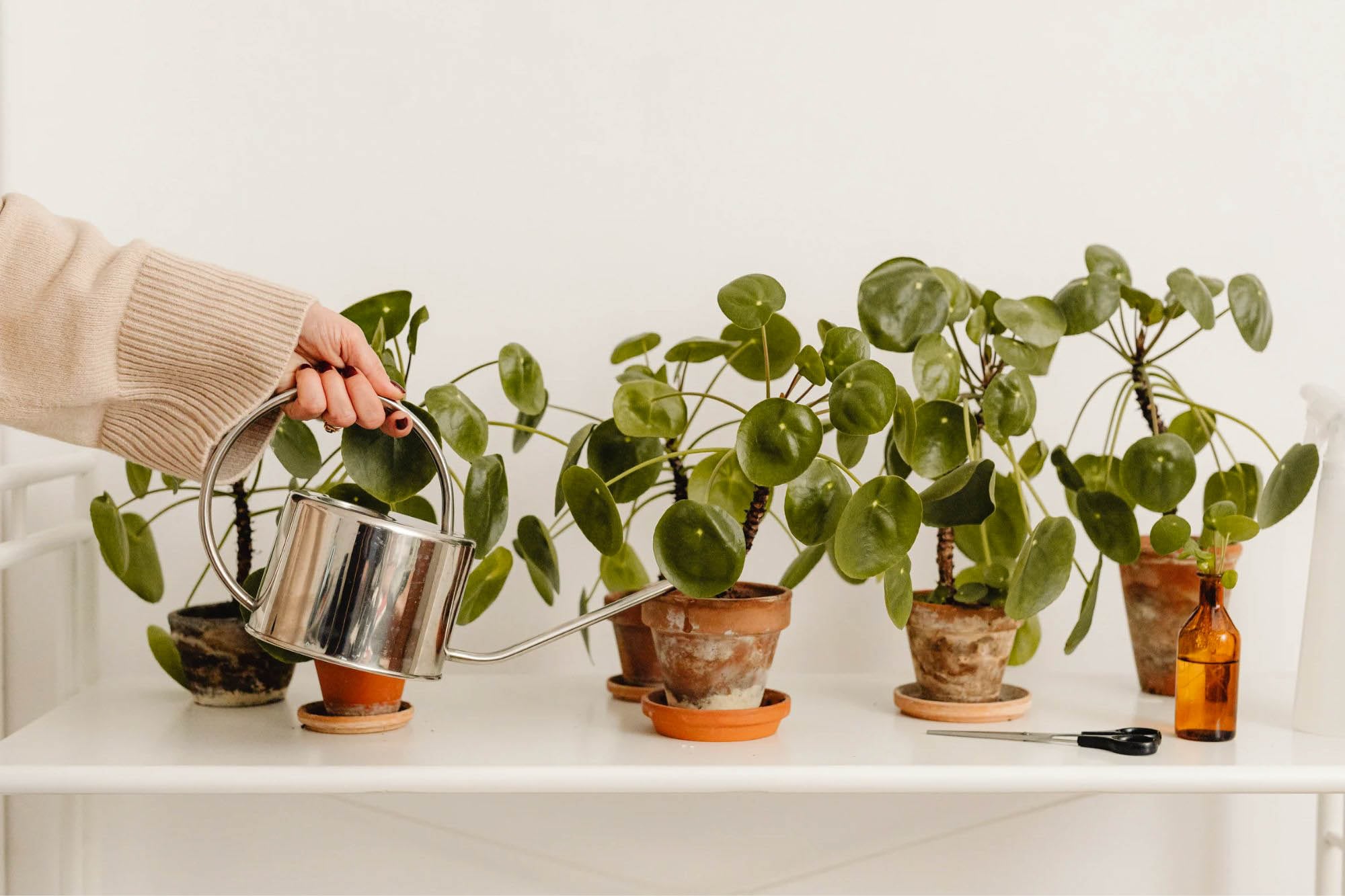
The number one plant killer is overwatering. If you tend to overwater your plants during the warmer months, be extra cautious not to water them too much during the winter.
An absence of heat causes slow water absorption and evaporation, which means you can go for much longer without watering your plants. Ensure that the soil of your plants is at least 75% dried out before watering them.
Increase The Humidity
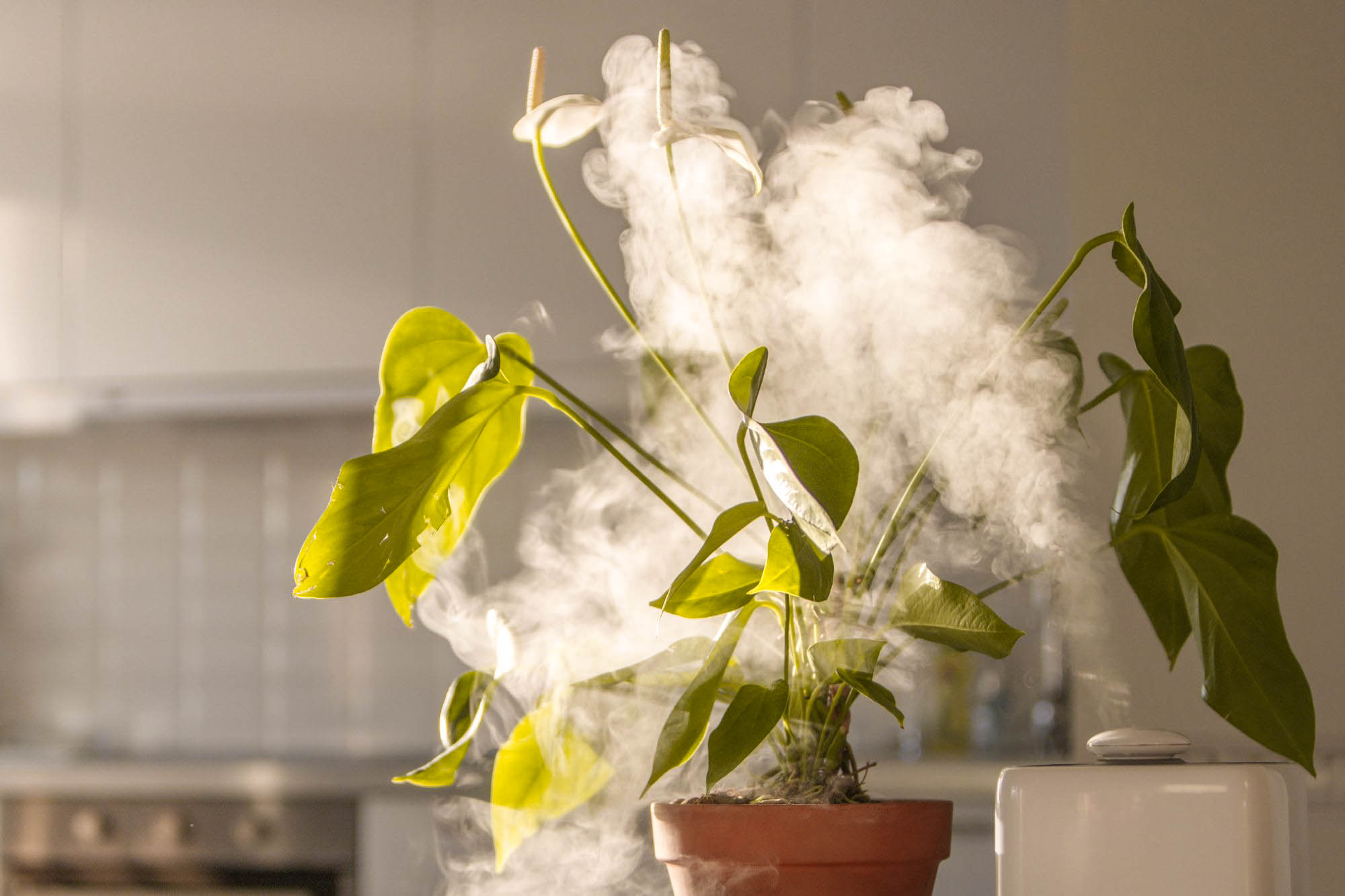
As the winter season sets in, the air quality in our homes often becomes drier, which can have a detrimental effect on our indoor plants. Most houseplants thrive in a humid environment, so it's essential to take steps to maintain the appropriate moisture levels.
Running your humidifiers and strategically placing water-filled trays near your plants are both effective ways to increase humidity. Additionally, a quick spritz of water on the leaves can also help keep them hydrated and healthy throughout the winter months.
Artificial Lighting To The Rescue

During the winter months, the days become noticeably shorter, providing less natural light for our plants to thrive. To compensate for this lack of sunlight, artificial lighting can be used to mimic natural light as closely as possible.
However, for those residing in areas where power outages are frequent (cough-South-Africa-cough), the thought of relying on electrical light sources may seem daunting. Fortunately, there are many battery-operated lighting options available that can help combat this issue and keep your plants thriving throughout the season.
Don’t Fertilize
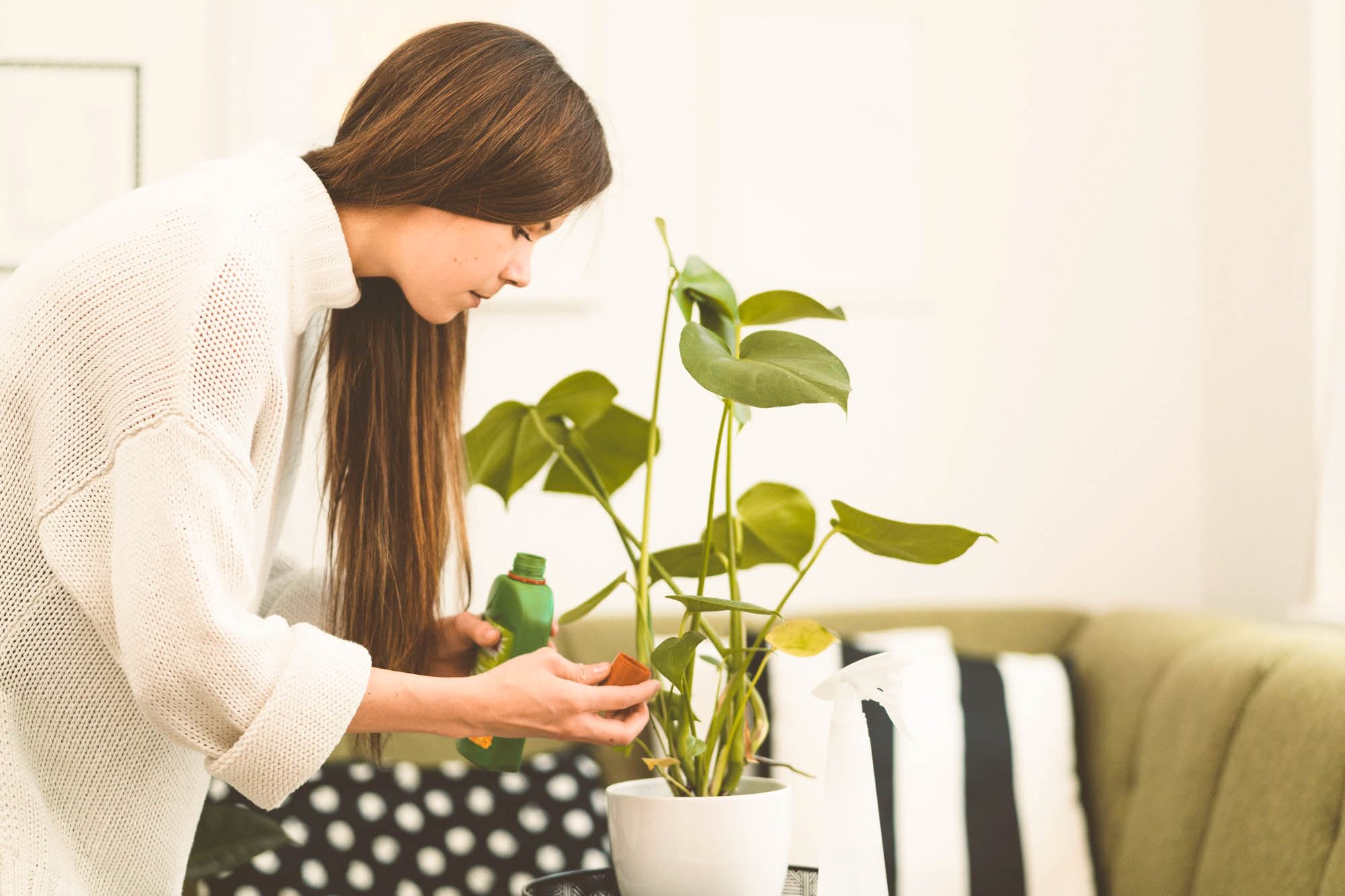
As the winter season arrives, it's common for plants to go through a natural period of dormancy, during which growth may slow down, and leaves may be shed. Think of this season as a well-deserved break for your beloved plants. They need this time to rest and rejuvenate so they can flourish when spring arrives.
Scientifically known as plant "dormancy," this phase is not the time to feed your plants with fertilizer. In fact, doing so may only confuse and stress them, causing minimal growth while they should be resting. Allow your plants to take their winter holiday undisturbed, and they will reward you with a vibrant comeback in the spring.
Keep The Windows Closed

Plants are sensitive to changes in temperature, and sudden fluctuations can cause damage to their leaves, stems, and even roots. This is why it's important to maintain a stable temperature and avoid exposing them to cold drafts, especially during the winter months. If the temperature drops too low, it can lead to a range of problems, including wilting, leaf discoloration, and stunted growth.
Furthermore, opening doors or windows during winter can also result in rapid changes in humidity levels, which can be equally harmful to your plants. By keeping your home at a consistent temperature and avoiding cold drafts, you can help your plants thrive and stay healthy throughout the winter season.6. Keep An Eye Out For Pests
Be Extra Cautious of Pests

One of the biggest challenges during winter is that we tend to neglect our plants, assuming they need less attention. This can make it easier for pests to establish themselves and cause damage. It's essential to maintain a regular schedule of checking your plants, even during dormancy.
Look for signs of infestation such as small bugs, webs, or yellowing leaves. Catching pests early on can save your plants from serious damage and prevent the infestation from spreading to other plants in your collection.


